It takes 75-100 years for a saguaro cactus to grow "arms."
Some never do and are called spears.
Saguaro cacti live to be 150-200 years old. Their fruit (that grows on the tip of the arms) was harvested by Native Americans and is sweet to the taste. The tool used to harvest the fruit is made from the "ribs" of dead saguaro. The ribs had many other uses as well. The beautiful white flower that blooms in May is the Arizona state flower.
The Sonoran Desert covers 120,000 square miles of southern Arizona, southeast California, and northwestern Mexico.
Saguaro National Park is actually two parks; one that is west of Tucson in the Tucson Mountain District and the other east of Tucson in the Rincon Mountain District. Today, we visited the western part of the park.
Our first stop upon entering the Park was the Red Hills Visitor Center.
There are decks in the front and rear of the Center that provide beautiful panoramic views of the surrounding landscape.
There are desert exhibits of interest here as well as a thought-provoking 15-minute video about the desert from the perspective of its Native American inhabitants. Be sure to stop by the theatre to see it...well worth your time.
The Cactus Garden Trail is accessible from the Visitor Center. The primary vegetation found in the Sonoran Desert can be found here and are identified with information markers. Following are some of them.
Saguaro
Pencil Cholla
Chain Fruit Cholla
Creosote Bush
Fishhook Barrel Cactus
We also hiked the Javelina Trail that is a short trail that follows a river wash near the Visitor Center.
Next we drove about 1.5 miles past the Visitor Center to the Bajada Loop Drive. This is a 9-mile scenic drive through an area of the desert that is dense with saguaro cacti. Various trailheads can be found along the route.
We will definitely return to this park while we are here in Tucson to do some hiking. Admission to the park is $10/vehicle. John's senior pass gets us in for free. Each national park we visit gives me a greater appreciation for the National Park Service. If you visit Tucson, be sure to visit at least the Visitor Center and short trails there.
Website: www.nps.gov/sagu

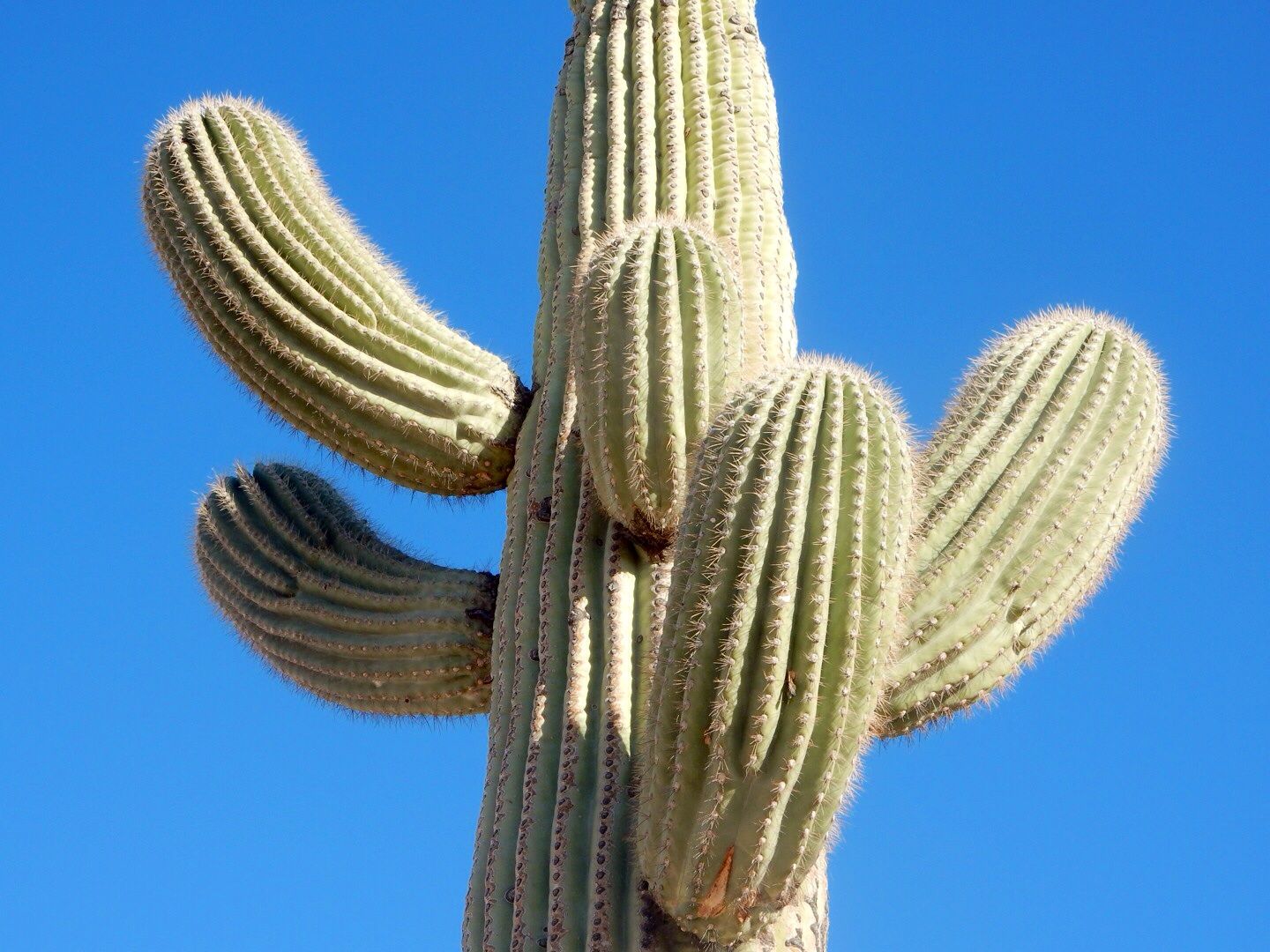


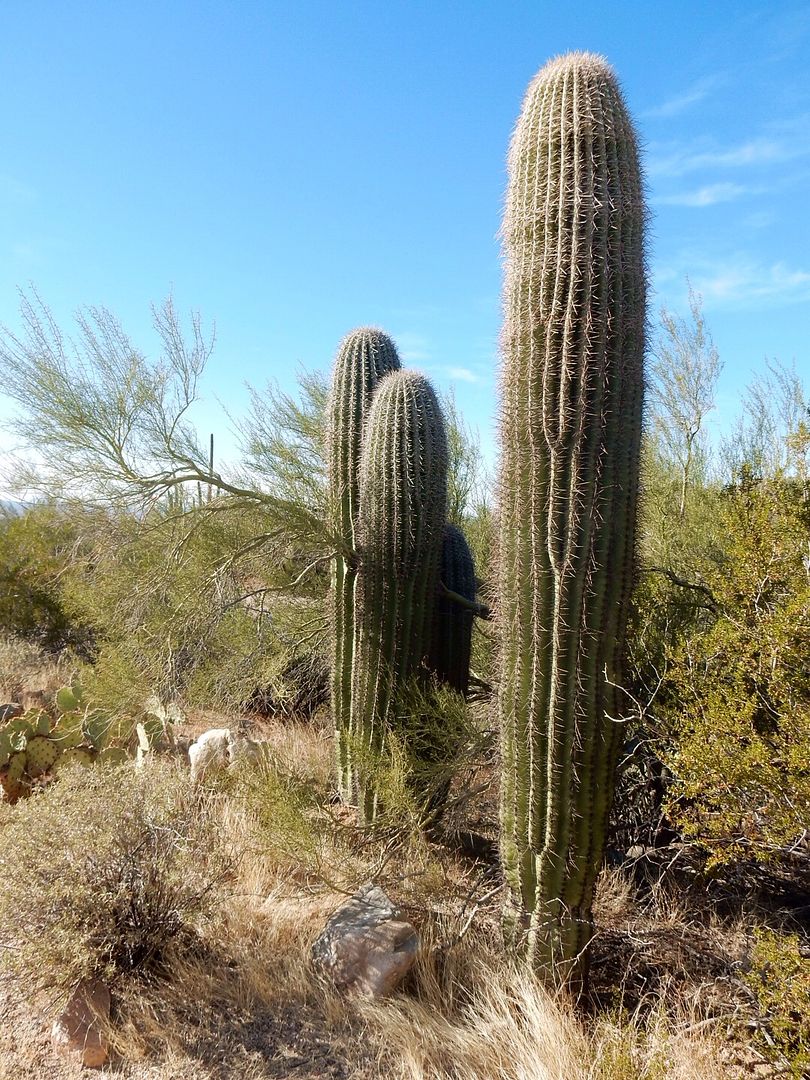
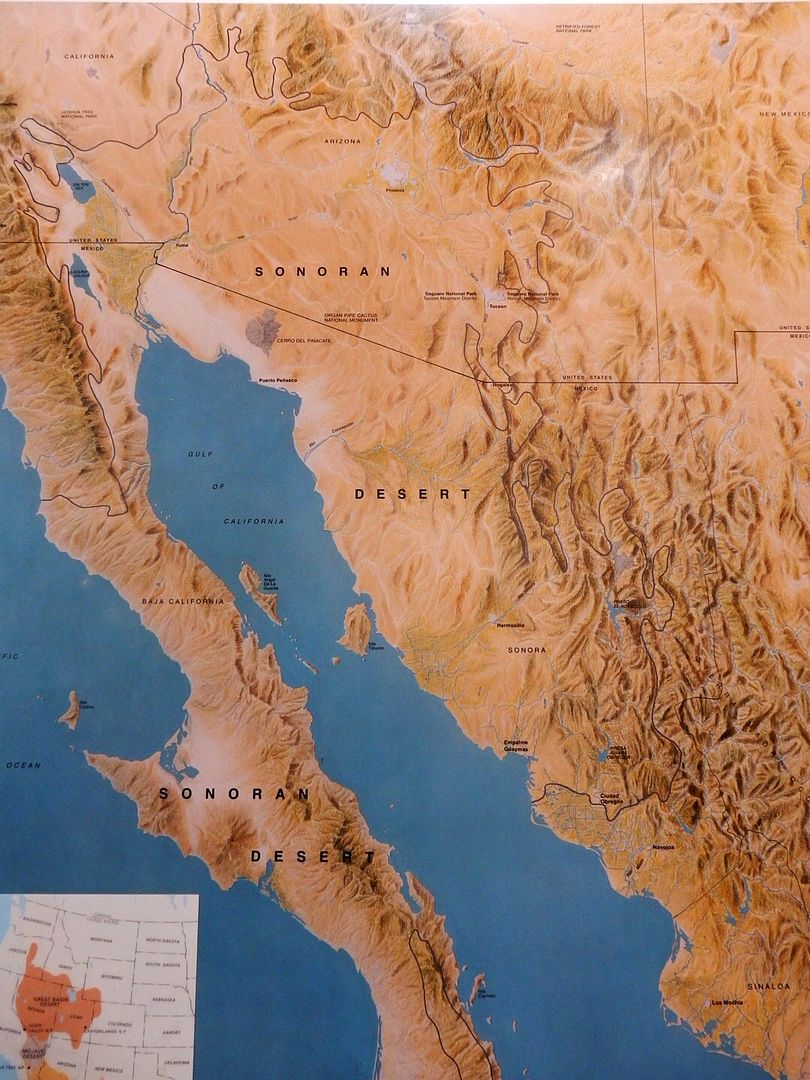
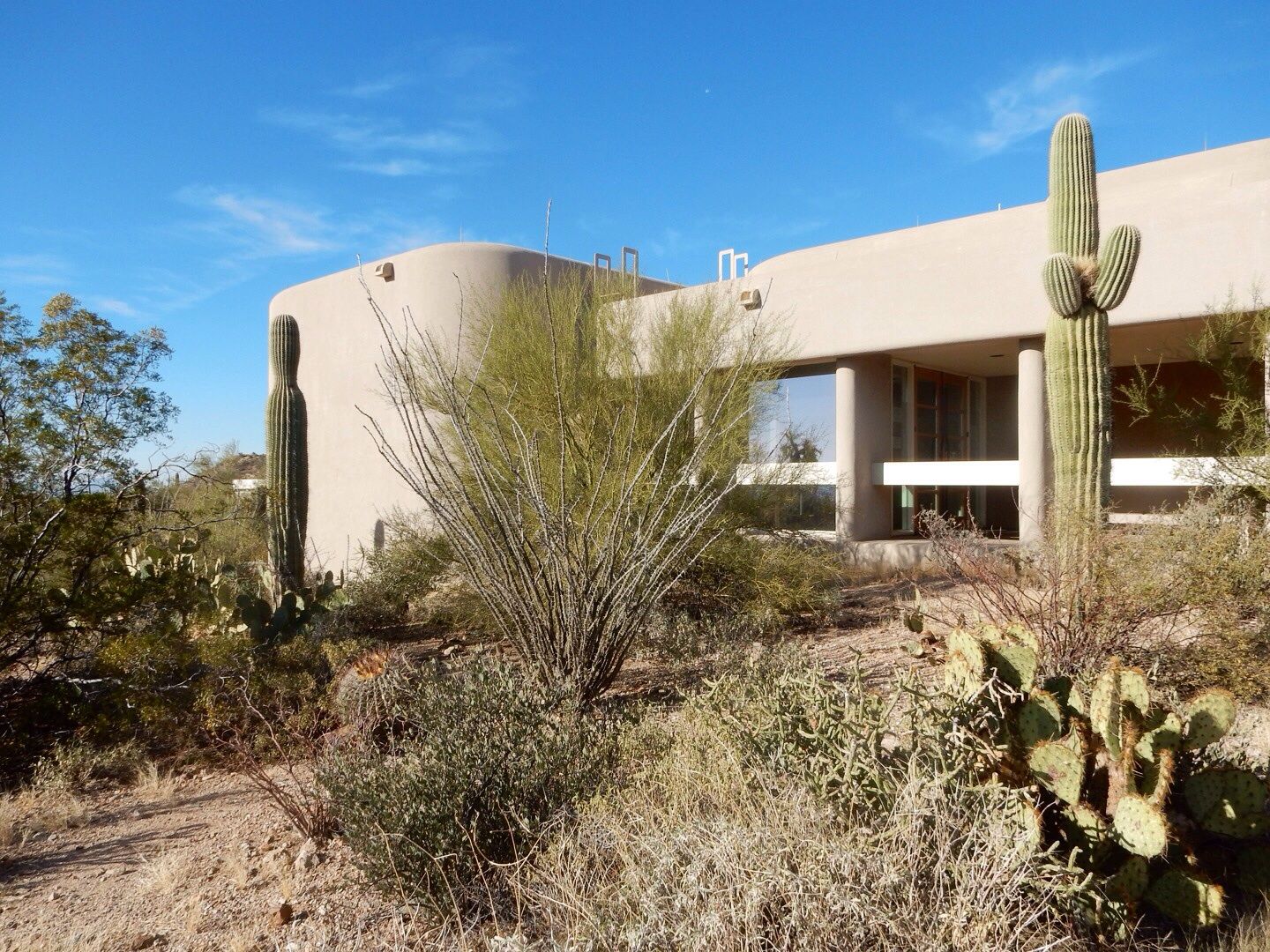

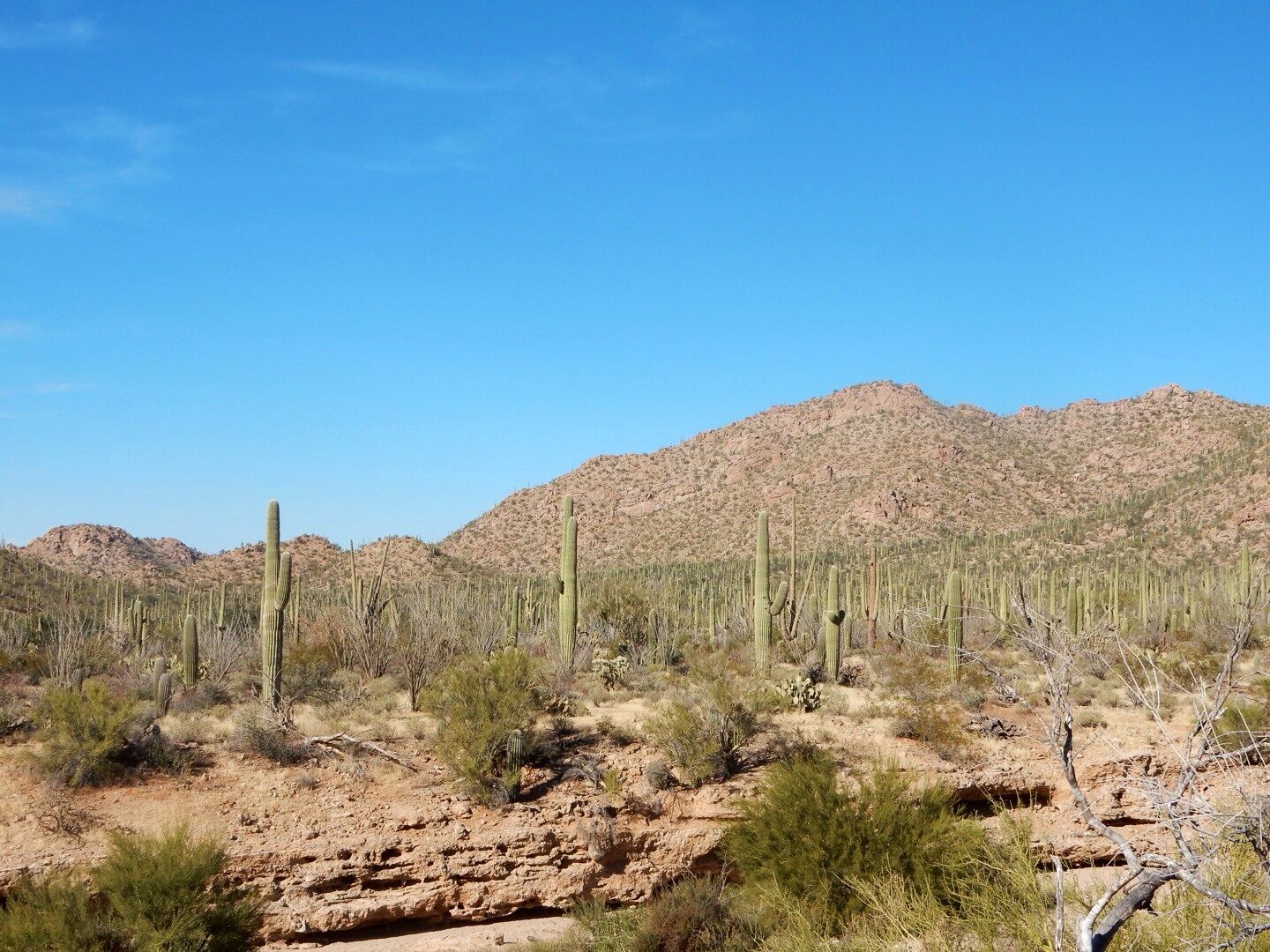
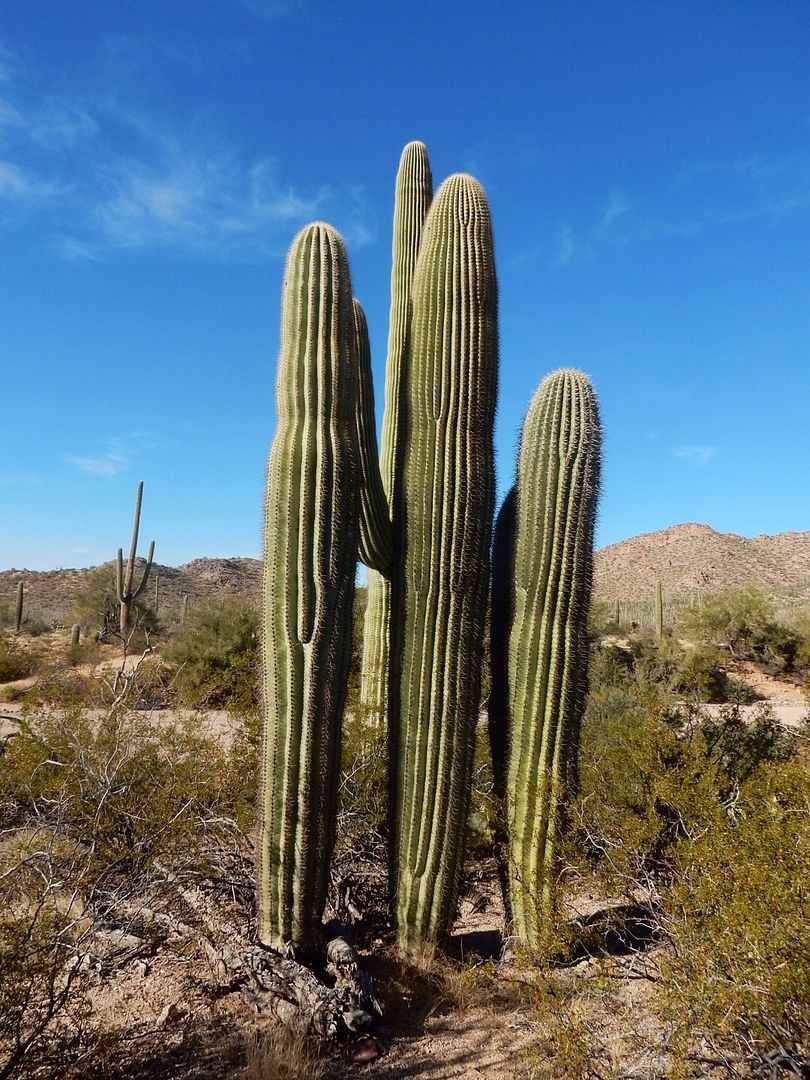


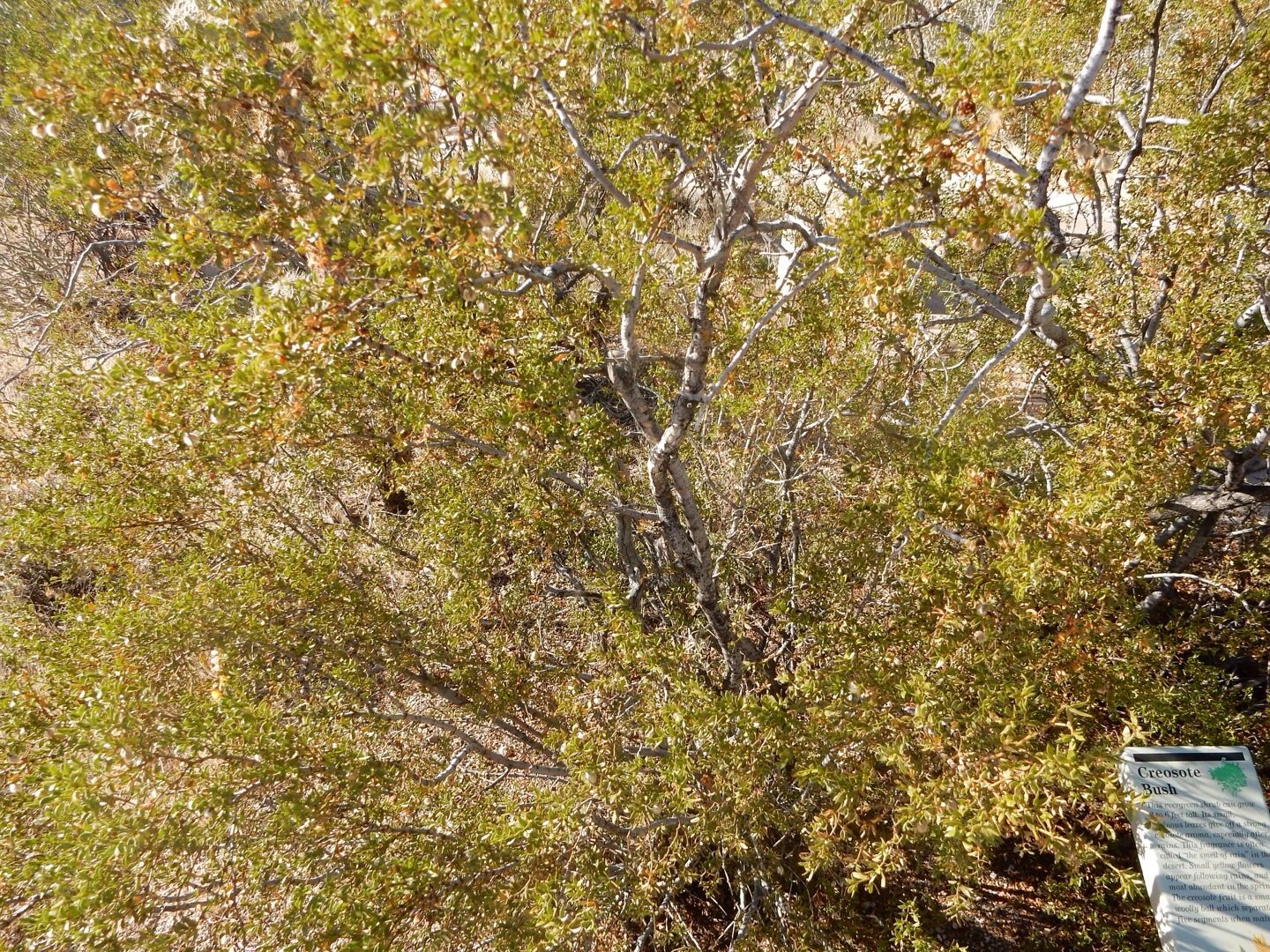
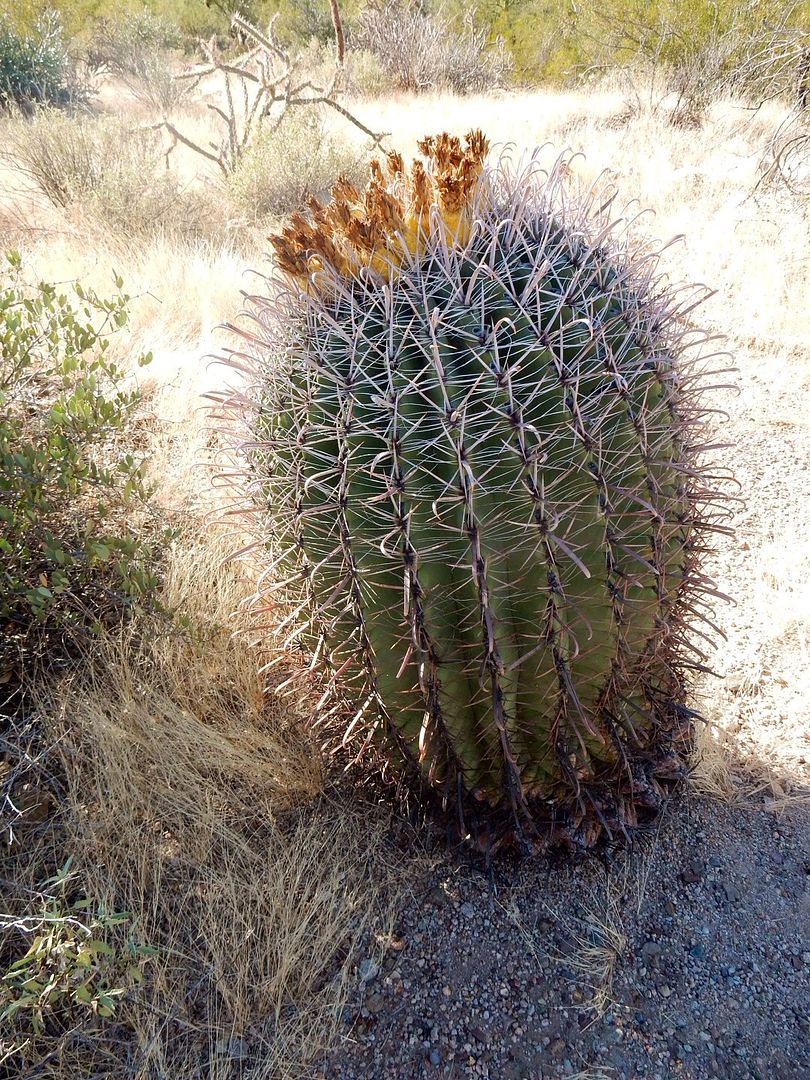
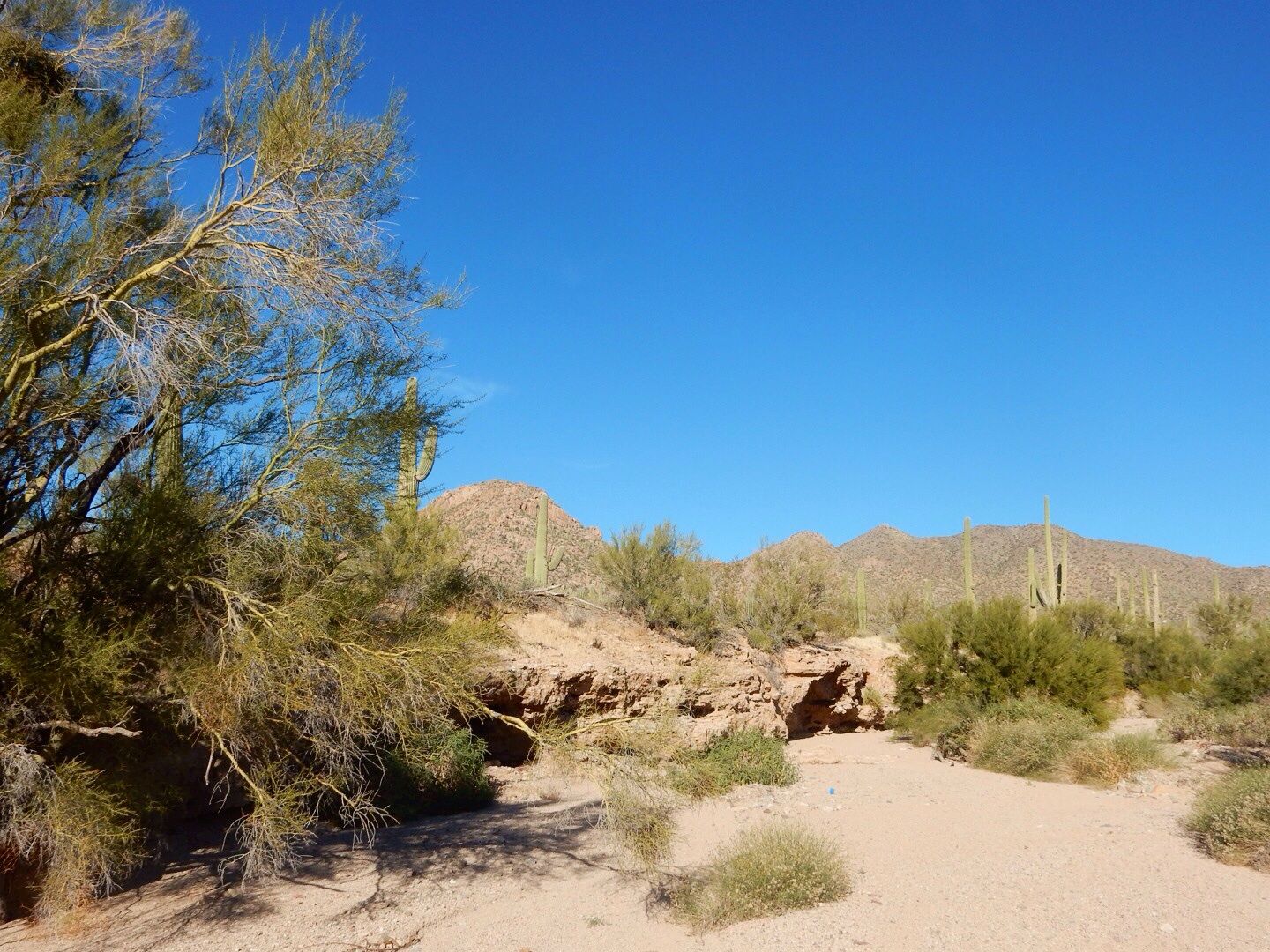
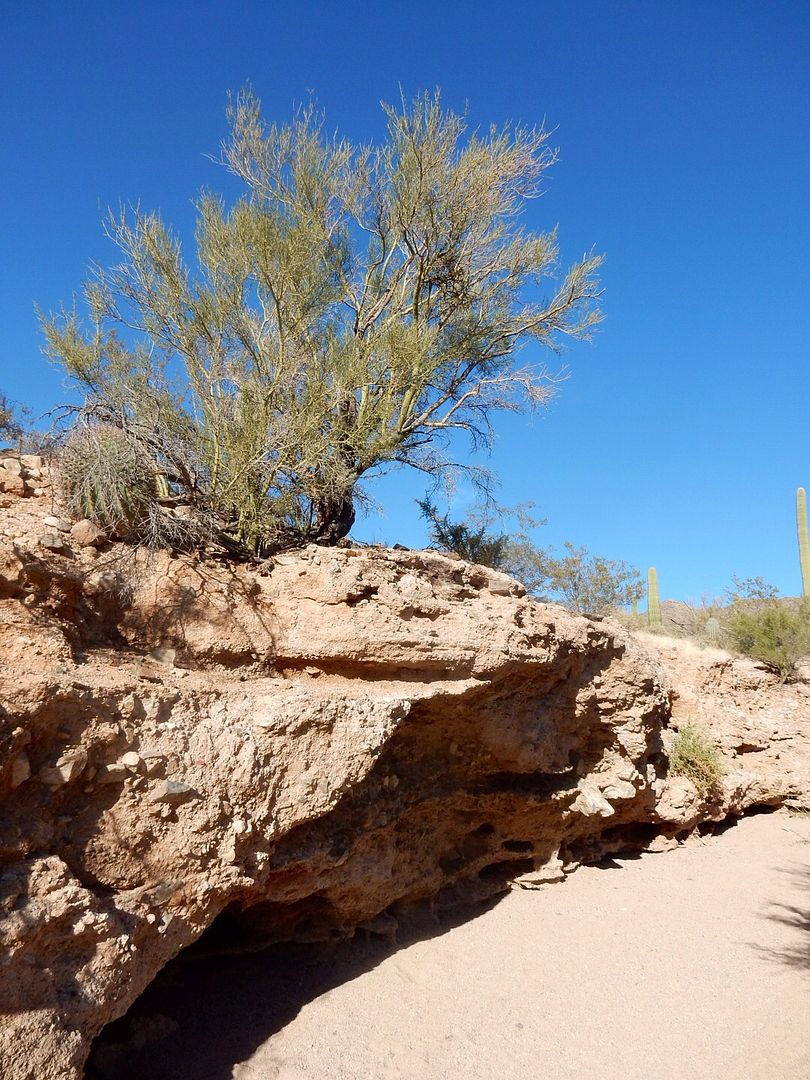
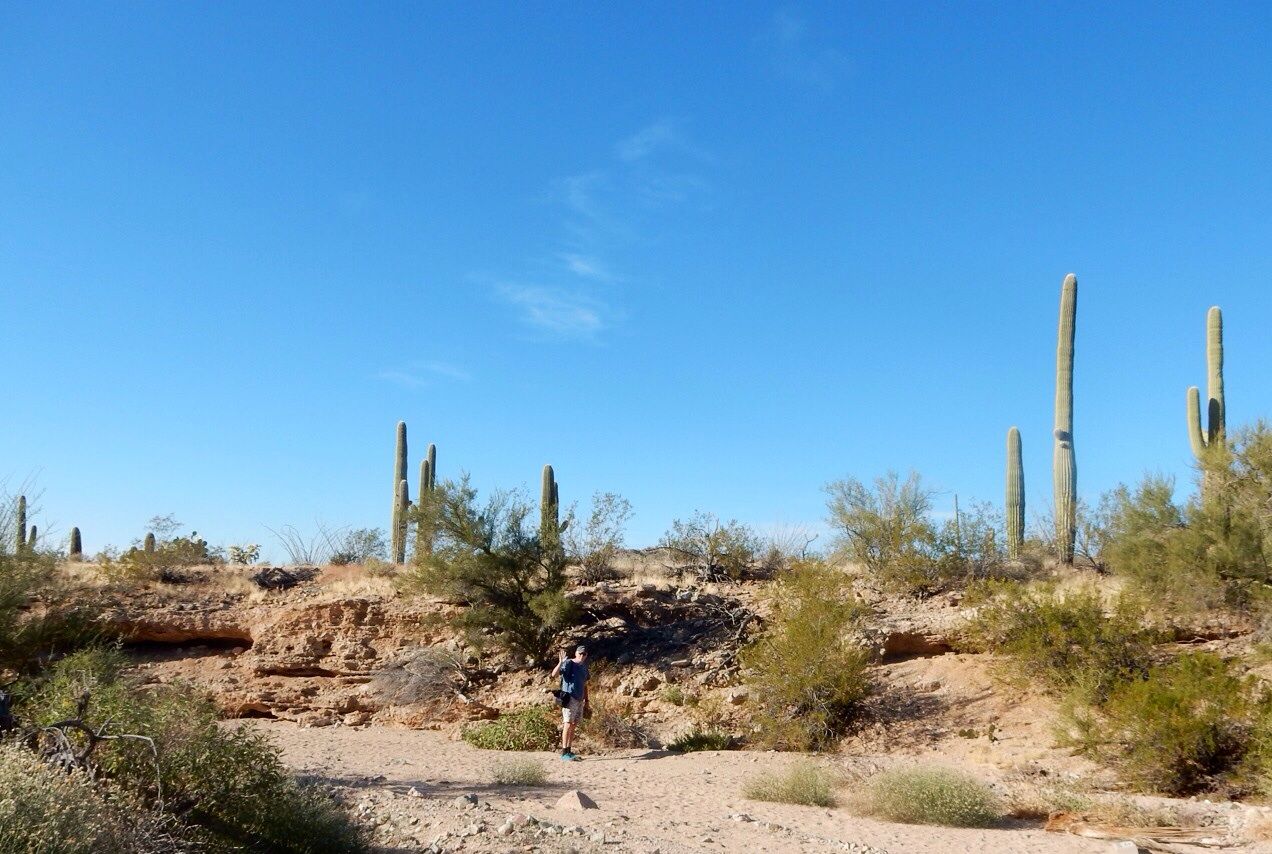
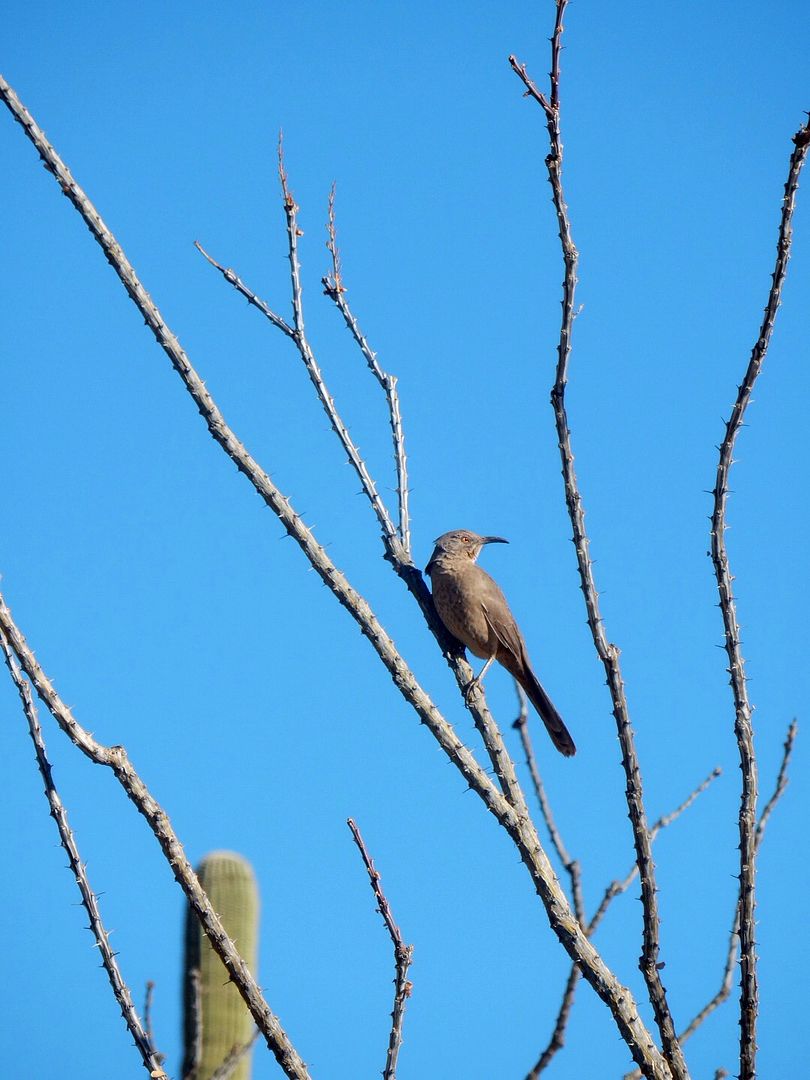

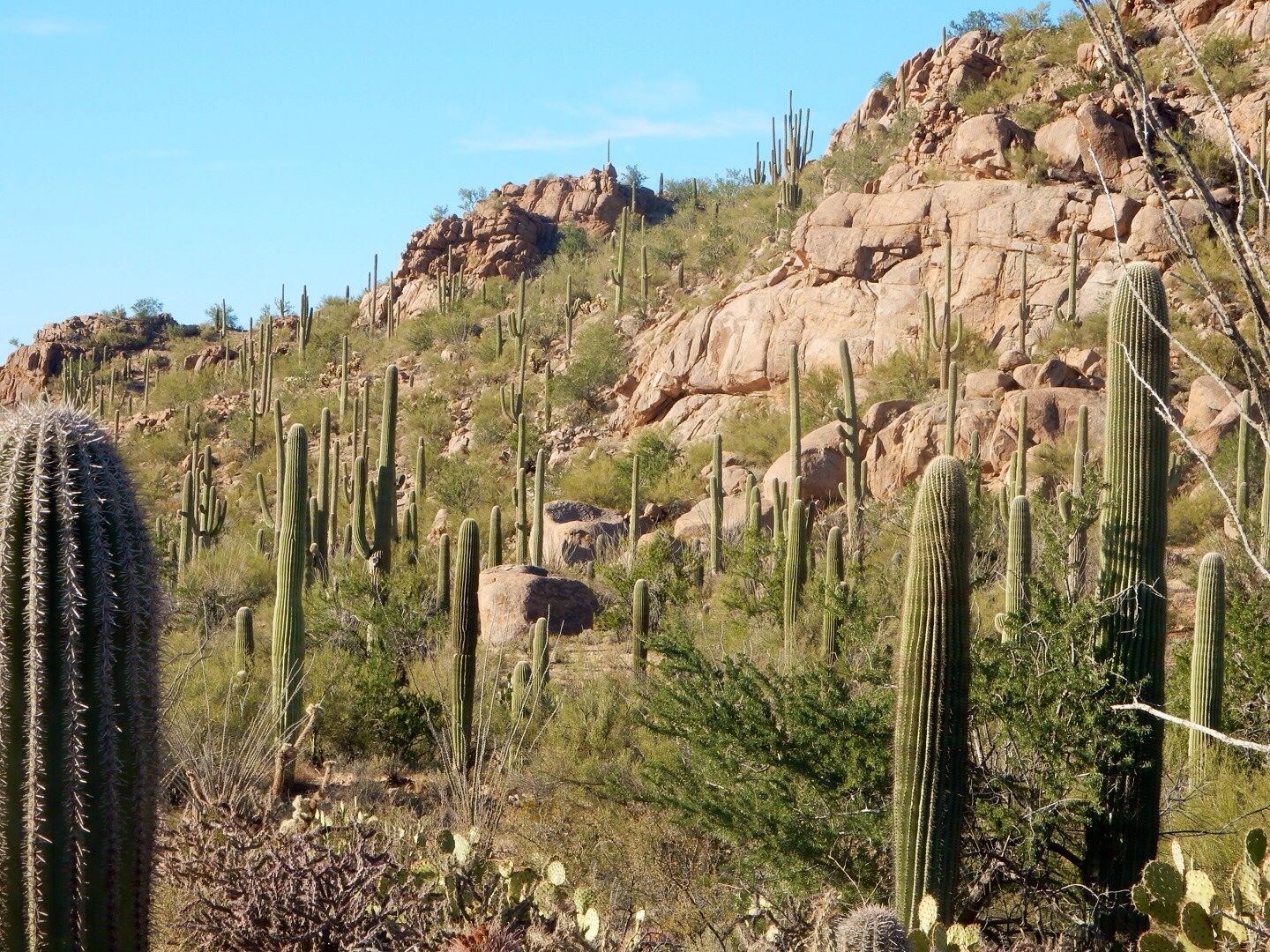
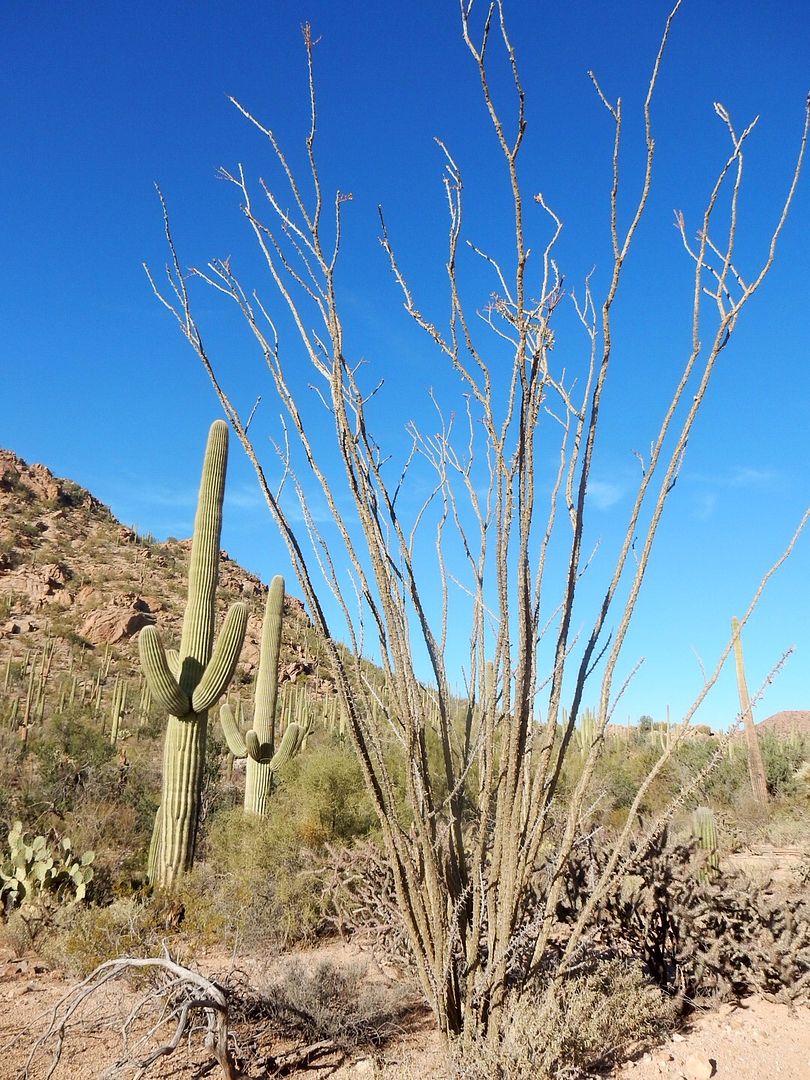
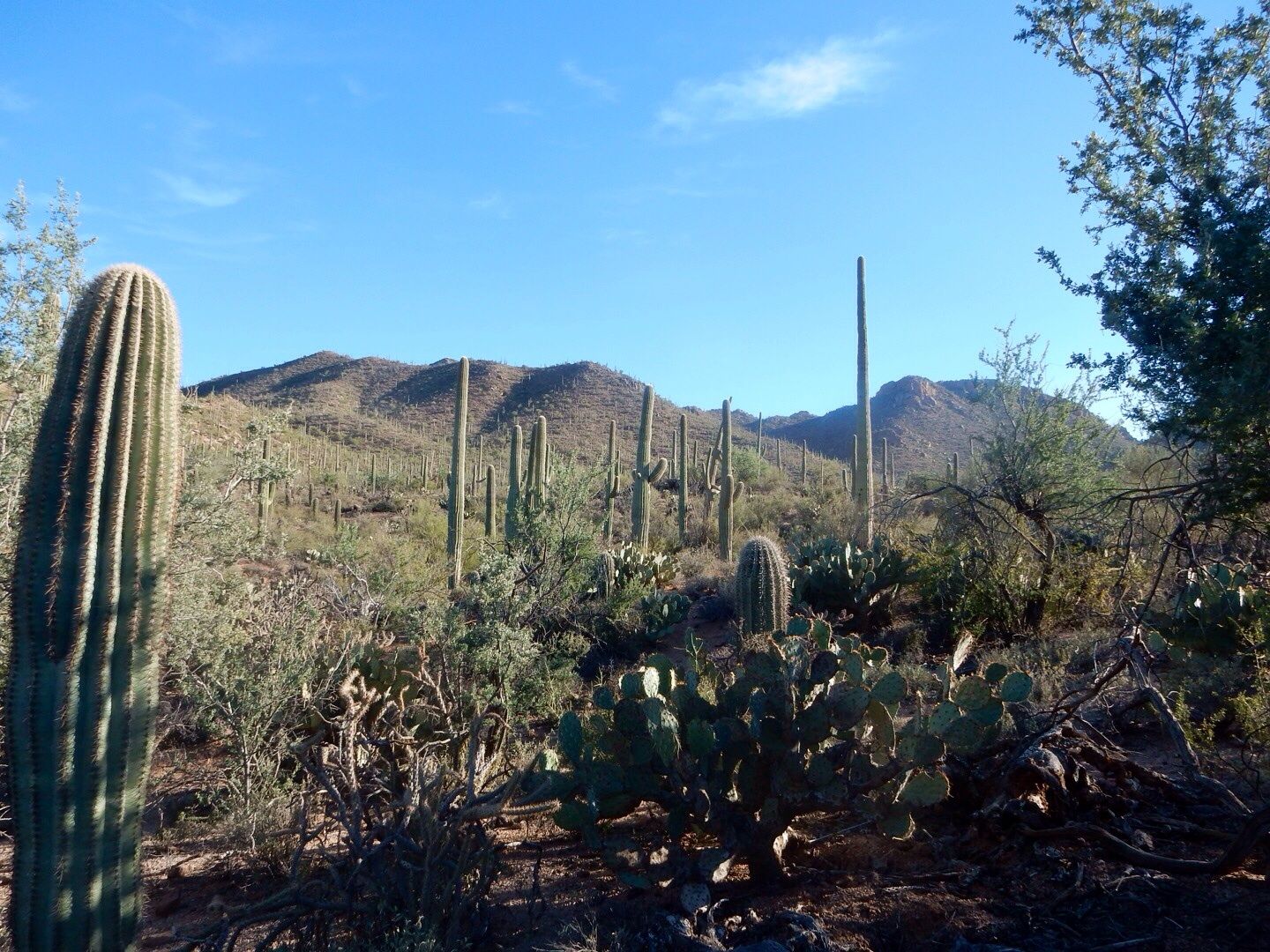
No comments:
Post a Comment